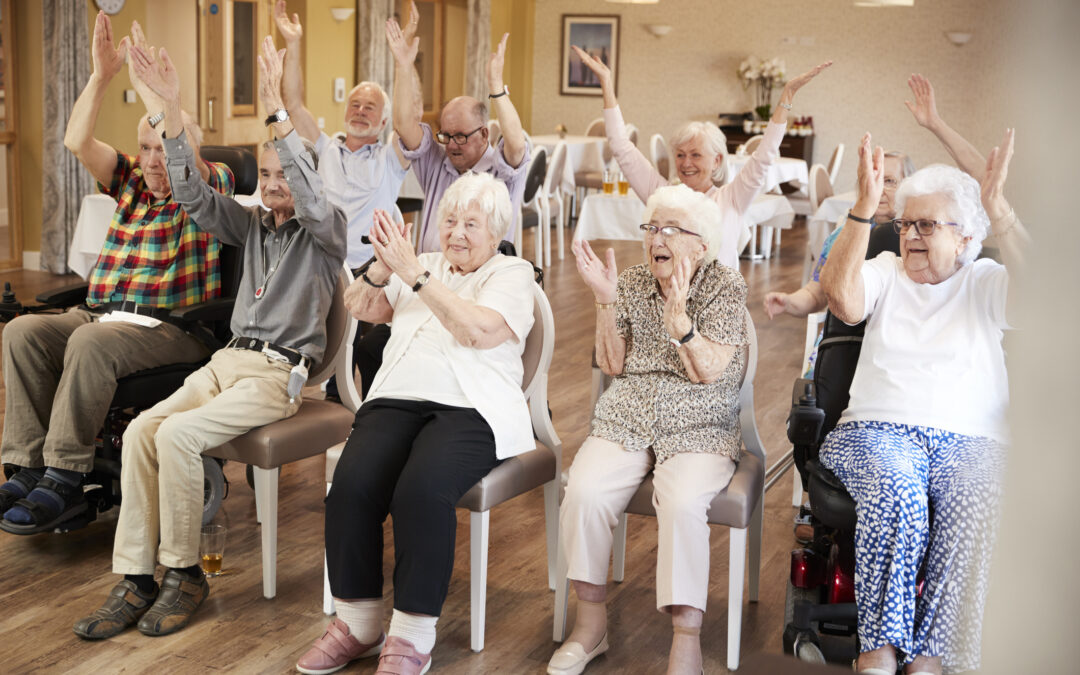Senior living communities are evolving rapidly to meet the changing needs and preferences of the aging population. Today’s seniors are more active, tech-savvy, and health-conscious than ever before, driving significant shifts in how these communities are designed and operated. Here are some key trends shaping the future of senior living.
1. Health and Wellness Focus
Modern senior living communities are increasingly focused on promoting health and wellness. This trend includes the incorporation of state-of-the-art fitness centers, yoga studios, and swimming pools. Additionally, many communities now offer wellness programs that include nutrition counseling, physical therapy, and mental health services. These initiatives are designed to help residents maintain their physical and mental well-being, leading to a higher quality of life.
2. Technology Integration
Technology is playing a crucial role in enhancing the quality of life in senior living communities. From smart home devices that assist with daily activities to telehealth services that provide remote medical consultations, technology is making it easier for seniors to live independently and stay connected with their loved ones. Many communities are also implementing high-speed internet and digital literacy programs to ensure residents can take full advantage of these technological advancements.
3. Social and Recreational Opportunities
Today’s senior living communities are offering a wide range of social and recreational activities to keep residents engaged and active. These activities include group outings, hobby clubs, educational workshops, and cultural events. By providing diverse opportunities for social interaction, communities help combat loneliness and isolation, which are common challenges among the elderly.
4. Sustainable and Eco-Friendly Practices
Sustainability is becoming a priority in senior living community design and operation. Many communities are adopting eco-friendly practices such as using renewable energy sources, implementing water conservation measures, and creating green spaces. These efforts not only reduce the environmental impact but also create a healthier living environment for residents.
5. Customized and Flexible Living Options
Recognizing that one size does not fit all, senior living communities are offering more personalized and flexible living options. This includes a variety of housing choices, from independent living and assisted living to memory care units. Additionally, communities are providing customized care plans that cater to the individual needs of each resident, ensuring they receive the appropriate level of support.
6. Intergenerational Living
A growing trend is the development of intergenerational living environments, where seniors live alongside younger generations. This setup fosters mutual support and understanding, with older adults benefiting from the energy and perspectives of younger residents, and vice versa. Intergenerational living also helps to bridge the gap between generations and create a more inclusive community atmosphere.
In conclusion, senior living communities are undergoing significant transformations to better serve the aging population. By focusing on health and wellness, integrating technology, offering diverse social activities, embracing sustainability, providing flexible living options, and fostering intergenerational connections, these communities are creating vibrant and supportive environments where seniors can thrive.


